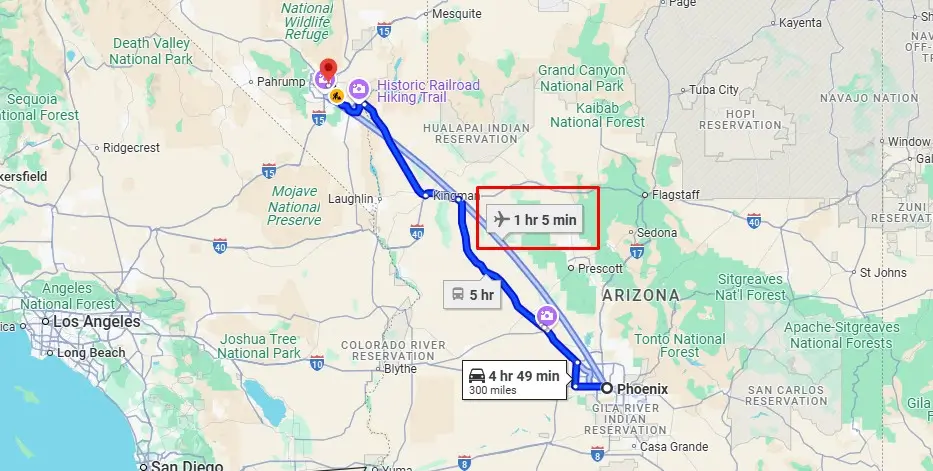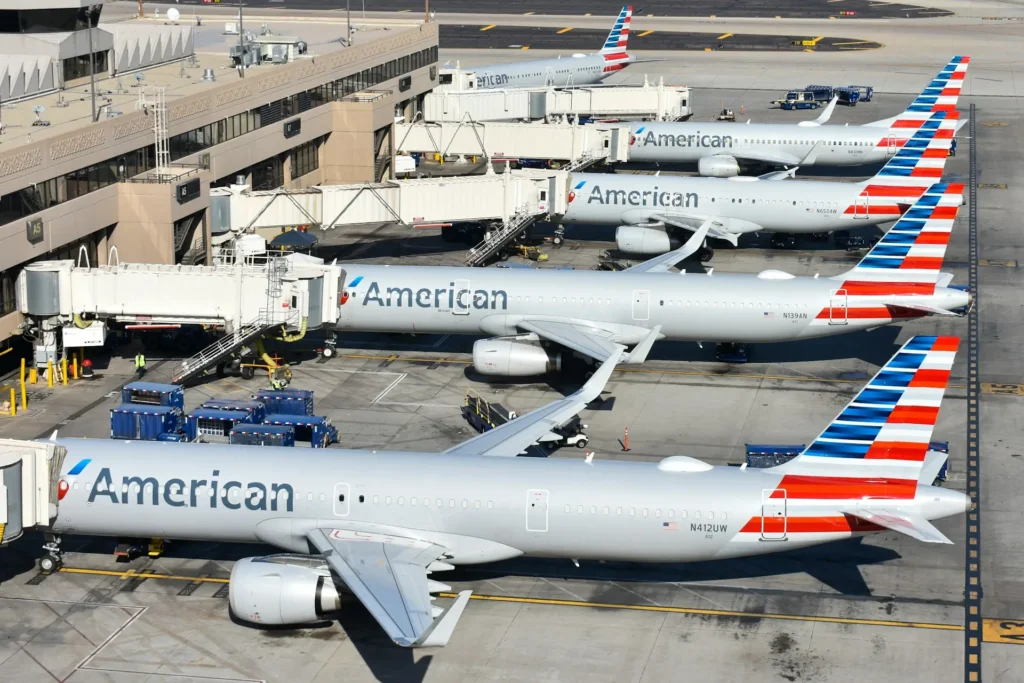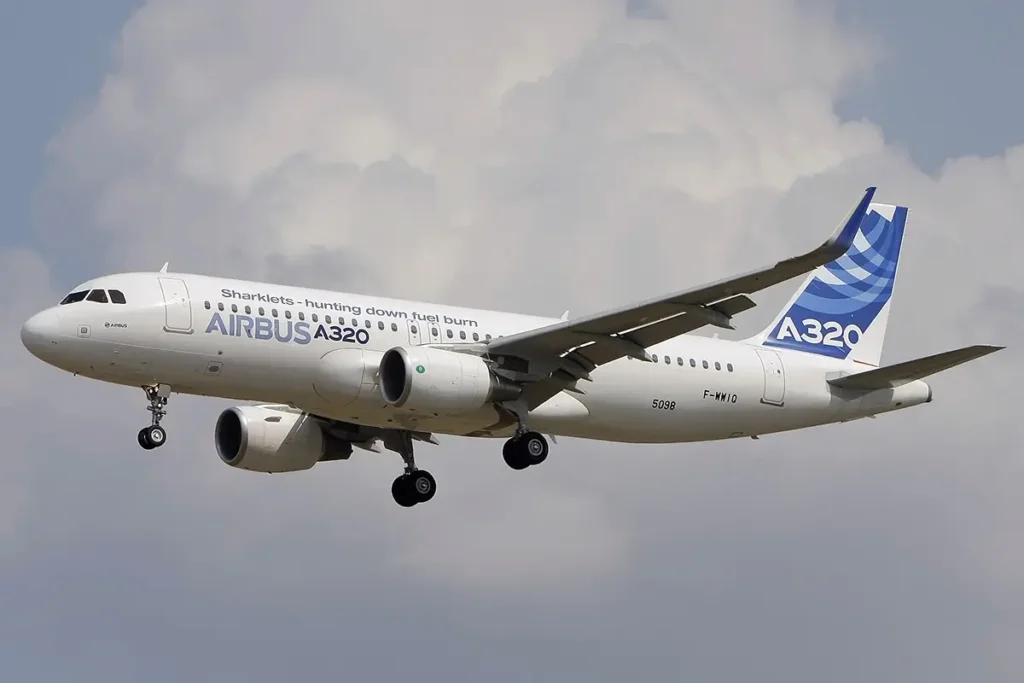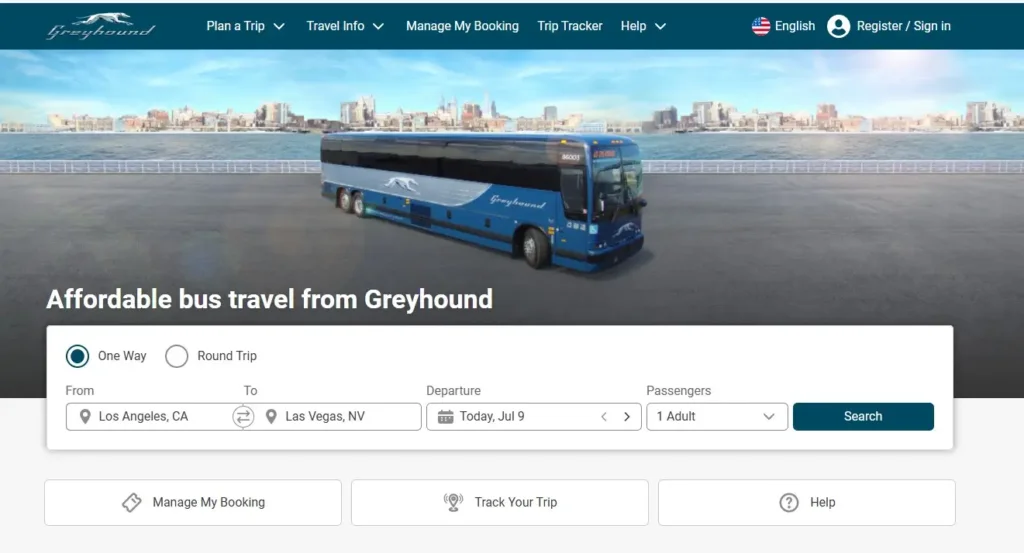Introduction
Ever thought about hopping on a plane from Phoenix to Las Vegas for a quick getaway, business trip, or maybe even a spontaneous adventure? You’re not alone. This route is one of the most popular short-haul flights in the southwestern United States—and for good reason. It connects two major desert cities that thrive on tourism, business, and sunshine. But before you pack your bags, book a ticket, and head out the door, you probably have one key question in mind: how far is Phoenix from Las Vegas by plane?
In this article, we’re going to break it all down for you. We’re not just talking about the distance in miles—we’ll cover everything from actual in-air time, airport logistics, what to expect on the flight, alternatives to flying, and even a few pro tips that can save you time and money.
Whether you’re a frequent flyer or it’s your first time making this trip, understanding the ins and outs of this flight route can make your travel smoother, cheaper, and much more enjoyable. Let’s be honest, no one likes unexpected surprises at the airport, right? So, let’s dive in and uncover every single detail you need to know about flying from Phoenix to Las Vegas.
Geographic Overview
To really understand the journey, it helps to first get a grasp of where Phoenix and Las Vegas are located geographically. Phoenix is the capital city of Arizona, situated in the south-central part of the state. Known for its year-round sun and desert climate, it’s a major hub for tech, finance, and tourism. On the other hand, Las Vegas is in southern Nevada, famous for its vibrant nightlife, casinos, and entertainment industry.
The two cities are nestled in the desert Southwest of the United States, and though they may seem close, the terrain in between includes vast stretches of arid desert, mountain ranges, and open highways.
Distance by Land vs. Air
- By Air: The direct flight distance between Phoenix and Las Vegas is about 255 to 256 miles (around 410 kilometers). That’s the straight-line, “as-the-crow-flies” distance. It’s a quick and efficient hop from one airport to another.
- By Road: The driving distance is quite a bit longer—roughly 300 miles, depending on your route. It typically takes about 4.5 to 5.5 hours to drive, depending on traffic and stops. While scenic in parts, the desert drive can be long and monotonous, especially if you’re in a rush.
So, flying cuts down the distance and time significantly, making it the preferred choice for many travelers.
Flight Distance

Image Credit: Google Map
You might wonder how exactly the flying distance is measured. Unlike road trips where you’re confined to highways and routes that snake through terrain, flight distances are measured in straight lines, also known as “great circle” distances.
How Far is it Exactly?
- Miles: About 255–256 miles
- Kilometers: Around 410–412 km
- Nautical Miles: Approximately 222 nautical miles
Nautical miles are typically used in aviation and maritime settings. One nautical mile equals about 1.15 regular miles or 1.85 kilometers.
Why It Matters
Understanding the precise flight distance helps you estimate fuel costs (if you’re flying private), track flight time more accurately, and compare with other travel options. Airlines often use these distances to help calculate fares and flight durations, so knowing it gives you insight into what you’re paying for.
Flight Time Breakdown
Now, let’s get to what most people really want to know—how long will I be on the plane?
Actual In-Air Time
Most direct flights between Phoenix and Las Vegas have an in-air time of about 45 minutes. That’s just the time spent flying from takeoff to touchdown.
- Shortest Flight Time: 44 minutes
- Longest (under normal conditions): 1 hour
You’ll barely have time to open a snack before you hear the captain announcing descent.
Gate-to-Gate Time
When you factor in taxi time, boarding, pushback, and arrival delays, the total gate-to-gate flight time clocks in around 1 hour to 1 hour and 6 minutes.
Typical Breakdown:
- Taxi-out from gate: 10–15 minutes
- Airborne: ~45 minutes
- Taxi-in after landing: 5–10 minutes
Total Time Commitment
If you include:
- Getting to the airport
- Arriving early (security and boarding)
- Deplaning and collecting bags
You’re looking at 3 to 4 hours total travel time from start to finish. Still far shorter than driving.
Airport Information

Image Credit: Unsplash
Knowing your airports makes all the difference in reducing stress and saving time.
Phoenix Sky Harbor International Airport (PHX)
- One of the busiest airports in the U.S.
- Located just 3 miles from downtown Phoenix
- Known for efficiency and lots of food/shopping options
- Airlines: Southwest, American, Delta, Frontier, and more
Harry Reid International Airport (LAS) (formerly McCarran)
- Just 5 miles south of downtown Las Vegas
- Two terminals: Terminal 1 and Terminal 3 (no Terminal 2)
- Offers gaming machines right in the terminal!
- Efficient and easy to navigate
Both airports are well-equipped, making this one of the easiest regional flights to manage.
Best Times to Fly
If you want the smoothest experience flying from Phoenix to Las Vegas, timing matters—a lot. While this is a short flight, picking the right day, time, and even season can make your trip more enjoyable and possibly more affordable.
Seasonal Differences
Phoenix and Las Vegas are both located in desert climates, which means you can expect hot summers, mild winters, and very little rain overall. Still, seasonal factors can impact your travel:
- Summer (June–August): Scorching hot in both cities—temps often hit 110°F+. Airport delays are rare due to weather, but heat can make taxiing and boarding uncomfortable.
- Fall (September–November): Cooler temps, lighter crowds. Great for flying—arguably the best time of year.
- Winter (December–February): Mild weather, holiday travel increases demand and prices. Flights may be more expensive around Christmas and New Year’s.
- Spring (March–May): Another peak season due to spring break, festivals, and perfect weather. Expect crowds and moderate airfare.
Weather Impact
Phoenix and Vegas don’t experience snowstorms or hurricanes, but high winds, summer monsoons, and occasional dust storms can delay flights. While rare, monsoon season in Arizona (June to September) can result in short-term delays due to lightning and storm activity.
Early morning and late evening flights are generally smoother with fewer delays. Midday flights are often more turbulent due to thermal air currents, especially during hot summer months.
When You’ll Get the Smoothest Ride
For the best overall flying experience:
- Fly early in the morning (6–9 AM) to avoid delays and turbulence.
- Travel midweek (Tues–Thurs) to avoid crowds.
- Avoid major Vegas event weekends—hotel and flight prices skyrocket.
Also, keep in mind that early flights are less likely to be delayed due to airline cascading schedule issues. A 7:00 AM flight is far more likely to leave on time than one at 7:00 PM.
What to Expect on the Flight

Image Credit: wikipedia.org
Even though this is a short-haul flight, knowing what to expect once you’re onboard helps you make the most of the trip. It’s not a long-haul international journey, but there are a few things that can still enhance—or ruin—your flying experience.
Cabin Experience
Most airlines flying this route use narrow-body aircraft like the Airbus A320 or Boeing 737, which are standard for short domestic routes. Seating is typically 3-3 configuration, with legroom depending on the airline:
- Southwest and American: Decent legroom (~31–32 inches)
- Spirit and Frontier: Tighter squeeze (~28 inches), unless you upgrade
Because it’s such a short flight, don’t expect to recline or nap for long. Flights are usually packed, especially during weekends or events, so personal space can be limited unless you pay for premium seating.
Duration Comfort Tips
Let’s be real—60 minutes in the air doesn’t give you much time to stretch out. But a few small things can make a difference:
- Bring headphones or earbuds for announcements and noise
- Stay hydrated—the desert air and plane cabin can both dry you out
- Travel light—a backpack or tote will do; overhead space fills quickly
If you’re flying budget, bring your own snacks or drinks. Some low-cost carriers don’t serve complimentary water.
In-Flight Services
Service on this route is minimal because of its short duration. Here’s a rough idea of what you can expect:
- American & Delta: Complimentary drinks (water, coffee, soda), sometimes a small snack
- Southwest: Free drinks and snack mix or cookies
- Spirit & Frontier: Everything is paid—water, snacks, and seat assignments
There’s usually no in-flight Wi-Fi or entertainment on budget carriers, and streaming might be limited even on full-service flights. Download a podcast or a playlist ahead of time and enjoy the quick ride.
Time Zone Considerations
At first glance, Phoenix and Las Vegas seem to be in different time zones—Arizona in Mountain Time, and Nevada in Pacific Time. But there’s a twist that often confuses travelers.
Time Zone Differences (or Lack Thereof)
Arizona doesn’t observe Daylight Saving Time (DST), while Nevada does. So:
- March to November (DST in effect):
- Phoenix and Las Vegas are in the same time zone
- November to March (Standard Time):
- Phoenix is 1 hour ahead of Las Vegas
This means you could leave Phoenix at 10:00 AM and land in Vegas at 10:05 AM due to the time change, even though the flight takes an hour. It’s a fun brain teaser, but it can cause problems if you’re planning meetings or shows.
Daylight Saving Time Implications
Always double-check the local time, especially if you’re booking events, meetings, or transportation on arrival. Phone clocks usually update automatically, but it’s still worth confirming.
If you’re scheduling something time-sensitive in either city, make sure to use the local time and factor in potential confusion from the DST discrepancy.
Travel Tips for First-Timers
If this is your first time flying from Phoenix to Vegas (or flying at all), don’t worry—we’ve got your back. These tips will help you navigate the process smoothly from check-in to touchdown.
Security, Boarding, and Timing
- Arrive 1.5–2 hours early, even for a short flight—lines can be unpredictable
- Use TSA PreCheck or CLEAR if you fly often—it’s a game changer
- Have your ID and boarding pass ready at all checkpoints
Airports can be overwhelming, but Phoenix and Las Vegas are relatively easy to navigate. Look for signage, ask for help, and give yourself a buffer of time.
Packing Light for Short Hops
For a quick trip, you don’t need much. Aim for:
- A small personal item (backpack or tote)
- A carry-on if you need extra clothes (but check fees first)
- Toiletries under 3.4 oz in a clear ziplock bag
Avoid checking luggage if possible. It saves time and money, and you’ll breeze through the exit when you land.
Airport Arrival Hacks
- Use mobile boarding passes to skip printing at kiosks
- Download the airline app for gate updates and boarding alerts
- Park off-site or use a rideshare for cheaper, quicker drop-offs
Bonus tip: grab snacks after security to avoid overpriced airplane purchases, especially on budget carriers.
Alternatives to Flying

Image Credit: Greyhound
Not a fan of flying? No problem—there are plenty of alternative ways to travel from Phoenix to Las Vegas.
Driving
- Distance: ~300 miles
- Time: 4.5 to 6 hours
- Pros: Scenic, flexible, good for groups
- Cons: Tiring, especially solo
Great if you like road trips, have time to spare, or want to make stops along the way (e.g., Hoover Dam, Kingman, or Route 66 attractions).
Bus Services
- Greyhound and FlixBus both run direct routes.
- Price: $25–$60 one way
- Time: 5.5 to 7 hours
- Perks: Cheap, no driving stress
Just bring entertainment and snacks, as the ride can be long and dull.
Train Options
Currently, no direct train operates between the two cities. However, there are future proposals for a high-speed rail line.
Rideshare and Carpool
- Uber/Lyft: Not ideal for long-distance (over $250 one-way)
- Car rentals: Great if you plan to explore along the way
- Prices vary, but expect $40–$70/day plus gas
- One-way drop-offs can include additional fees
These options work well if you’re in a group, want flexibility, or plan to stop in towns like Kingman or Hoover Dam on the way.
So if you’re not a fan of flying, you still have options. Just pack a little patience for the longer journey.
What to Expect on the Flight
Even though it’s a short haul, knowing what to expect on the flight from Phoenix to Las Vegas can help you prepare better and stay comfortable throughout the journey.
Cabin Experience
Because the flight is under an hour, most airlines don’t provide a full meal service. However, here’s a breakdown of what you’ll typically find on board:
- Seating: Standard economy seats, usually with minimal legroom. Some carriers like Southwest offer open seating.
- Food & Beverages: Complimentary snacks (peanuts, pretzels) and beverages on full-service airlines. Budget airlines might charge for everything, even water.
- Wi-Fi and Entertainment: On such a short flight, in-flight entertainment is usually unavailable or limited. Some carriers like American and Southwest offer streaming options via their apps.
Comfort Tips
- Bring your own entertainment – download a podcast or Netflix show beforehand.
- Dress in layers – airplane cabins can be chilly, even for short trips.
- Hydrate – desert air and airplane cabins both dry you out quickly.
It’s over before you know it, but being prepared ensures a hassle-free and pleasant flight—even if it’s only 45 minutes in the air.
Time Zone Considerations
One of the biggest perks of flying between Phoenix and Las Vegas? No time zone changes most of the year. Yep, it’s one of the few interstate routes where you won’t need to adjust your watch—well, almost.
Time Zones in Phoenix and Las Vegas
- Phoenix, AZ: Operates on Mountain Standard Time (MST) year-round (Arizona doesn’t observe Daylight Saving Time).
- Las Vegas, NV: Uses Pacific Standard Time (PST) and does observe Daylight Saving Time.
So, during Daylight Saving Time (roughly March to November), Phoenix and Las Vegas are actually on the same time.
Outside DST (November to March)
- Phoenix is 1 hour ahead of Las Vegas.
Why It Matters
- Flight itineraries list local time, so make sure you know whether it’s adjusted for DST.
- Day trips become easier when there’s no time change—less jet lag and easier scheduling.
- For meetings or events, especially business travel, double-check your calendar settings to avoid confusion.
No one wants to miss a show or meeting because they forgot about Arizona’s time quirks!
Travel Tips for First-Timers
If this is your first time flying between Phoenix and Las Vegas—or just your first flight in general—here are some pro-level tips to make your trip seamless and stress-free.
Booking and Check-in
- Check in online 24 hours before your flight to avoid long lines.
- Choose your seat early—window seats are great for the desert views!
- Travel light – a personal item or backpack is usually enough for a weekend trip.
Getting Through Security
- Arrive at the airport at least 90 minutes early, even if the flight is short.
- TSA PreCheck can save you tons of time at security.
- Wear slip-on shoes and avoid heavy jewelry to breeze through screening.
Boarding and In-Flight Tips
- Have your ID and boarding pass ready at the gate.
- Bring a refillable water bottle (empty through security, then refill).
- A neck pillow might seem overkill, but it can be nice for early morning flights.
Upon Arrival
- If you’re not checking bags, you’ll be out of the airport in under 10 minutes.
- Rideshare pickups at LAS are clearly marked—Uber and Lyft are both super active.
- Consider booking a shuttle or car rental in advance for cheaper deals.
One flight, two cities, and a whole lot of travel hacks to make it smoother. First-time flyers, you’ve got this.
Alternatives to Flying
Conclusion
So, how far is Phoenix from Las Vegas by plane? Roughly 255 miles, and a flight that takes about 45 minutes in the air. But as you’ve seen, there’s more to it than just numbers. From the ease of travel and multiple airline options to the stunning desert scenery and convenient airport access, this short hop offers a lot more than just a quick connection.
Whether you’re flying in for a weekend of casinos and concerts or heading out for a business meeting, this is one of the fastest, most popular regional routes in the U.S.—and for good reason.
And if flying isn’t your jam? You’ve still got buses, road trips, and rideshares to get you from the cacti of Phoenix to the neon lights of Las Vegas.
So, book your flight, pack light, and get ready to experience two of the Southwest’s most iconic cities—all in under an hour.
FAQs
1. How long is the flight from Phoenix to Las Vegas?
The actual flying time is about 45 minutes, but total travel time including boarding and taxiing is around 1 hour to 1 hour and 6 minutes.
2. How far is Phoenix from Las Vegas by car?
By road, it’s about 300 miles and takes approximately 4.5 to 6 hours, depending on traffic and stops.
3. What’s the cheapest way to get from Phoenix to Vegas?
Buses like FlixBus or Greyhound are typically the cheapest, starting at $25. Budget airlines like Spirit and Frontier also offer super low fares if booked early.
4. Are there direct flights every day?
Yes! Multiple airlines offer direct flights daily, often with more than 5–10 departures per day between the two cities.
5. What’s the best time of year to travel this route?
Spring and fall offer the best mix of weather and airfare deals, though you’ll find cheap tickets year-round if you book wisely.

